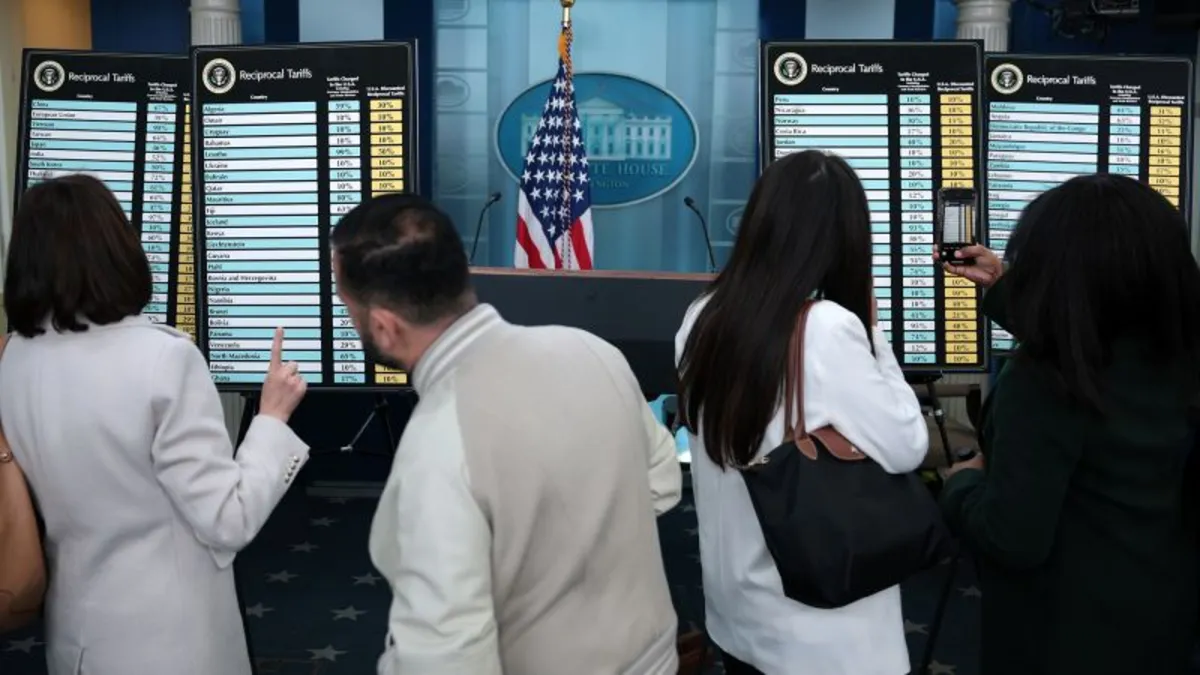
The 90-day deadline set by President Donald Trump for countries to finalize trade deals with the United States is fast approaching. As the clock ticks down to 12:01 a.m. ET on July 9, uncertainty looms over what actions the administration will take. With the stakes higher than ever, the global economy is watching closely, preparing for potential shifts in trade dynamics.
On April 2, President Trump announced a new era of reciprocal tariffs for key trading partners, referring to the day as “Liberation Day.” The proposed rates include some levies soaring as high as 50%, marking the highest tariffs the U.S. has imposed on foreign goods in over a century. Economists quickly raised alarms, predicting a potential recession that could impact not just individual nations, but the entire global market.
As the new tariffs took effect on April 9, Wall Street experienced a significant sell-off, and the bond market reacted negatively, prompting Trump to announce a temporary three-month halt. This pause was intended to provide countries additional time to negotiate trade agreements with the U.S., as he noted that investors were becoming increasingly anxious.
Since that pause, nearly all imported goods have faced a minimum 10% tariff. Interestingly, despite initial market turmoil, stock prices have rebounded, reaching multiple record highs, while inflation rates have remained relatively stable. However, analysts warn that if tariffs rise again, coupled with a resurgence of inflation, the gains achieved could be swiftly undone.
After months of discussions with foreign officials, only three trade agreements have been announced, with a notable deal with Vietnam still pending finalization. Despite the limited progress, the Trump administration continues to project optimism, suggesting that a series of significant deals are on the horizon. However, the pressure is mounting, as the president has threatened to send letters to countries that fail to finalize agreements, indicating the potential for increased tax rates on their exports to the U.S.
In the lead-up to July 9, Trump administration officials have hinted at the possibility of reverting to the original April tariff rates, or perhaps imposing even higher tariffs. There is also talk of extending the pause for nations “negotiating in good faith,” though the criteria for this designation remain ambiguous. Trump himself has stated, “We can do whatever we want,” indicating flexibility in how the situation might unfold.
In recent statements, Trump suggested he might start sending out letters soon, with potential tariff rates ranging from 60% to 10%. Such increases would impose a significant economic burden on many countries, especially compared to the previously announced rates.
The trade deal with Vietnam includes a minimum tariff of 20%, which is double the rate during the three-month pause. While this may seem like a relief compared to the previously threatened 46% tariffs, it raises concerns about whether countries will be able to negotiate lower rates even after reaching agreements. Analysts suggest that this could be a strategic move by Trump to uphold his campaign promise of imposing higher tariffs, aiming to generate revenue and revitalize American manufacturing jobs.
Ulrike Hoffmann-Burchardi, the global head of equities at UBS Global Wealth Management, referred to the U.S.-Vietnam agreement as a positive step toward establishing more stable bilateral trade relationships. She expressed optimism that while trade risks may persist, the market's reaction should stabilize as Trump's negotiation strategies become more predictable. Looking ahead, many expect the U.S. administration to prioritize economic stability, especially with the 2026 midterm elections on the horizon.